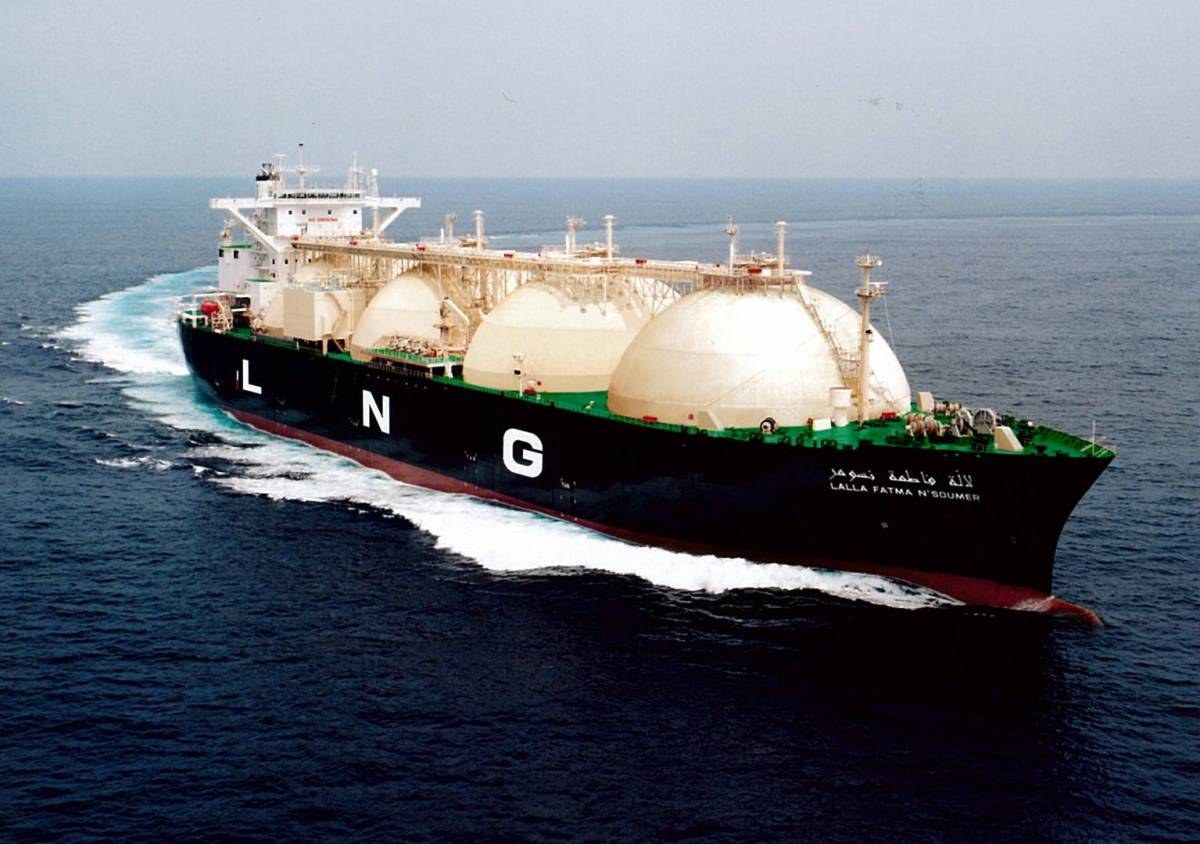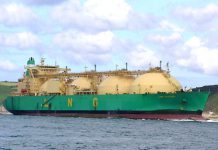Tanzania’s efforts to join the global LNG supply race before it’s too late have made further progress with the energy ministry’s announcement that project negotiations with Equinor and other international oil companies will start in early April and conclude in September this year.
In late March, energy minister Medard Kalemani met with Equinor senior vice president Mette Ottoy in Dodoma to discuss the timetable for talks over the construction of LNG export facilities at Lindi in southern Tanzania and the terms of gas sales.
The meeting was also attended by Kapuulya Musomba, acting chief executive of the Tanzania Petroleum Development Corporation, Charles Sangem, the acting Director General of the Petroleum Upstream Regulatory Authority and other energy ministry officials, according to a ministry statement.
The ministry said the government had decided to implement the LNG development due to its potential impact on the Tanzanian economy and that Equinox’s Ottoy had also said Equinor was committed to the project.
The announcement suggests the government is hardening its commitment to getting a deal done with the IOCs, after years of vacillation over how-or indeed if–the country should export offshore natural gas resources in the Rovuma Basin. Those keen to strike a deal acceptable to the IOCs seem to be gaining the upper hand over political factions pushing for a bigger government take in terms of revenues and gas from the development.
Equinor and partner ExxonMobil hold the license for Block 2, whose reserves are estimated at more than 20 trillion cubic feet (cf) of gas in place. Shell is the operator on nearby Blocks 1 and 4, with estimated reserves of around 16 trillion cf of recoverable gas.
That’s ample for an LNG development-Equinor has previously mooted building a 7.5mn tonne a year facility, though, with Shell keen to explore a joint development, the final form of the project has yet to take shape.
While Tanzania has procrastinated over what to do with its reserves, neighbouring Mozambique has paved the way for a possible three distinct LNG export developments on its side of the Rovuma Basin, just across the border. One, Eni’s 3.4mn tonnes a year Coral South floating LNG project has already been sanctioned and is due to start exporting in late 2022. The other two onshore projects, led by Anadarka and ExxonMobil, are said to be nearing final investment decisions.
It remains to be seen whether the advent of formal negotiations in Tanzania can produce similar results. Tanzania’s discoveries are smaller thus far than those in Mozambique and the seabed geology where some of the largest finds have been made are more complex.
But there will certainly be a sense of urgency that could focus minds. Even if the talks yield a Host Government Agreement later this year, it is unlikely to that the first exports could take place before 2026 at the earliest.
Predicting how supply and demand in the global gas market will evolve beyond the late-2020s is not easy, so Tanzania may only have a limited window of opportunity if it is to attract the investment needed to join the ranks of global LNG exporters.



